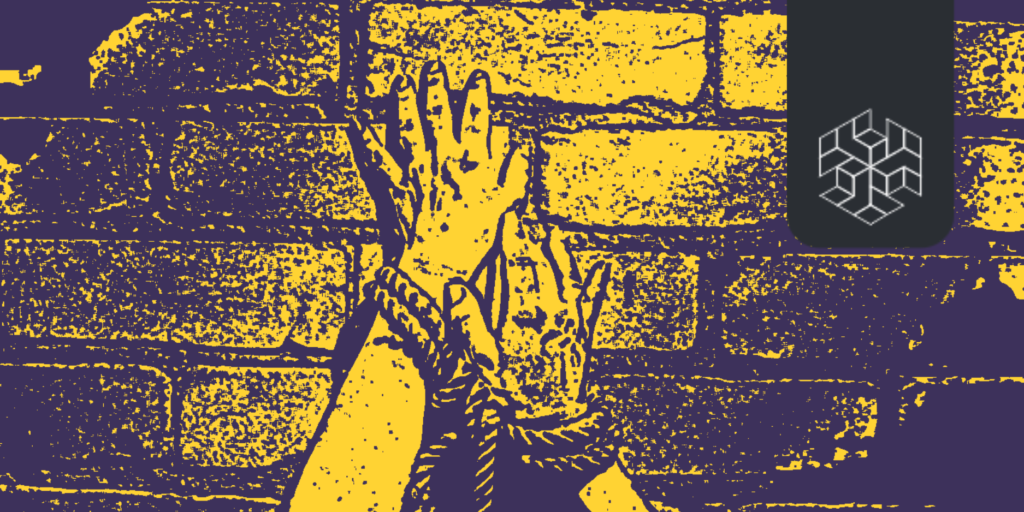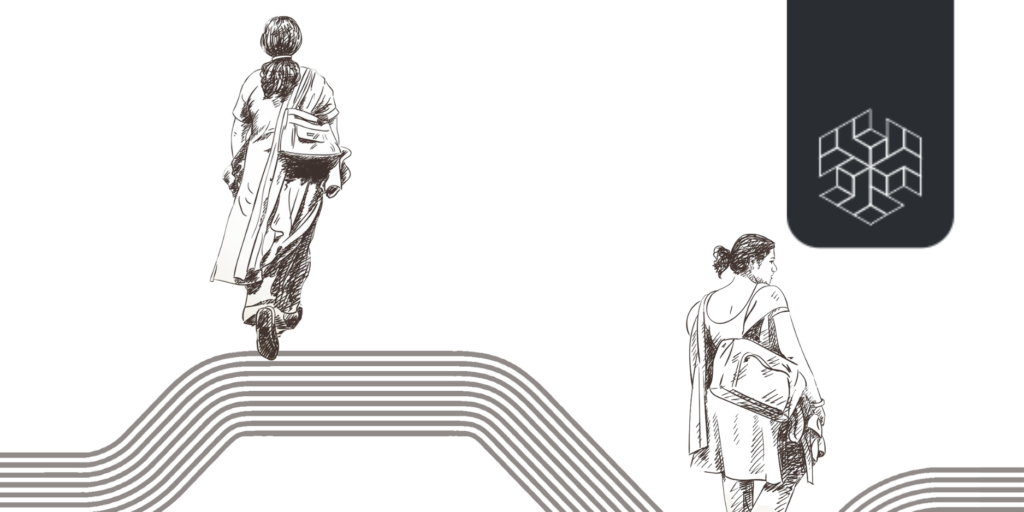Authored by : Kausumi Saha
ABSTRACT
In light of the recent Medical Termination of Pregnancy (Amendment) Bill passed in the Lok Sabha on 17th March 2020, this paper attempts to evaluate the current scenario of abortion-seeking in India. Despite being an essential healthcare need for millions of women and their families, safe and legal abortions continue to be inaccessible almost 50 years after its legalisation. The paper begins by tracing the historical trajectory of abortion-related legislation in the country, and the dominant ideological discourses that set them in motion. The following sections delve into the various problems that hinder abortion-seeking in india, and attempts to assess the ability of the 2020 Bill, if it becomes an Act, to address these issues.
INTRODUCTION AND OVERVIEW
According to the 2011 Census, approximately 31% or 385 million out of India’s 1.2 billion population are women who lie in the reproductive age group of 15-49 years. Yet, nearly 50 years after the passage of the Medical Termination of Pregnancy (MTP) Act in 1971, which legalised abortion in the country, safe and legal abortions continue to be inaccessible for a majority of women in India. MoHFW data suggests that in 2012-13, 636,748 abortions were performed in India, indicating an annual rate of about two abortions per 1,000 women of reproductive age (MoHFW 2013). However, these numbers are greatly underestimated, given that they do not include abortions performed by private-sector medical personnel, both those who do and do not have specific training in abortion service provision. They also do not include medical abortion pills sold without prescriptions or abortions performed in non-medical settings and by untrained providers (Stillman et al. 2014). In fact, one study concluded that the actual number of abortions performed across settings in the country in 2015 was 15.6 million, equalling about 47 abortions per 1,000 women of reproductive age (Singh et al. 2018).



